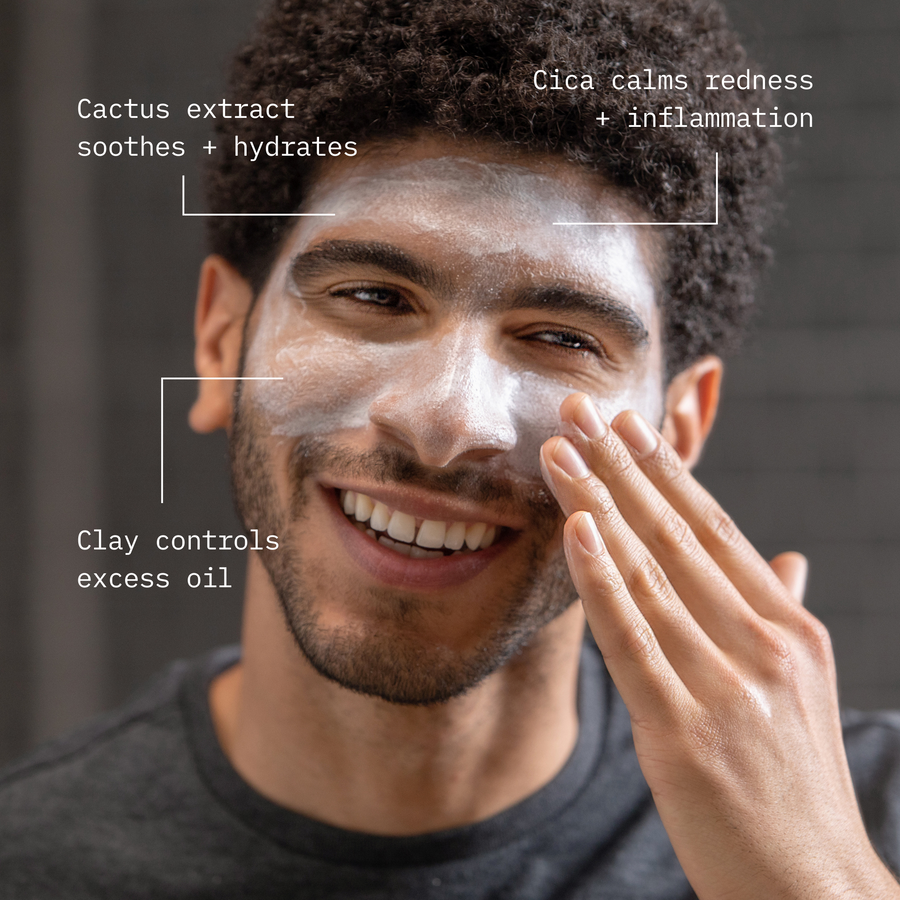How to Get Rid of Body Acne

Body acne can be extremely frustrating, often because it can be difficult to diagnose. However, with a general awareness of the different causes of bacne, chest acne, and other body blemishes, it becomes easier to “work backwards” to stop the problem from recurring—and to finally look forward to clearer, more confident days.
Read on to learn how to get rid of body acne, and how to prevent it in the first place. Let’s start with zeroing in on those key causes, though.
What is the Main Cause of Body Acne?
Alright, there isn’t a single main cause of body acne. If there was, then it would be much easier to prevent and treat it. So, have a look at the handful of primary culprits below, which might help you deduce the main cause of your body acne.

1. Genetics / hormones: Unfortunately for some of us, we are just genetically predisposed to this acne proneness. Whether it’s a reflection of oil levels, pore size, skin sensitivity, finicky hair follicles, or frequent hormonal fluctuations. Hormones specifically can affect sebum production in the body and cause periodic upticks in breakouts, especially if one is prone to them. (If you use steroids for bodybuilding, well, that's your main culprit.)
2. Stress: When we are stressed, our body produces more of the hormone cortisol. And as mentioned above, this can impact sebum production in the body. This is why it is so common to experience more blemishes when you are stressed, especially if you are predisposed. At the very least, do what you can to regulate sleep and overall wellness, if you can’t control other stressful factors in your life.
3. Diet: Overly processed foods can lead to acne, as can high glycemic foods (white rice, white pasta, white bread, potato chips, etc). Alcohol, dairy, and red meat are common culprits too, as is whey protein. It’s really no surprise that the cleanest, leanest diet (and a well hydrated one) are going to yield the clearest skin all around.
4. Hygiene: Bacteria is one of the primary causes of acne, so your hygiene routine deserves an audit. Shower regularly, wear clean clothes daily, and change your bedsheets and towels weekly. A buildup of sweat creates the perfect home for those microbes to build up, so keep things well ventilated, too.
How to Treat Body Acne

1. Let skin breathe
First, make sure your skin isn’t suffocated. You want to avoid creating any situation where it can build up sweat and oil and allow bacteria to proliferate. By avoiding friction and constriction, you give your skin a better chance at self regulation—including the chance to heal existing blemishes all the quicker, and without any aggressive rubbing.
2. Use high-grade ingredients
Acne treatments should typically be a step above what you’d use for prevention. Key ingredients could be benzoyl peroxide, a clindamycin gel, or even a hibiclens cleanser—all of which are great for bacterial acne. Tea tree oil and salicylic acid are great for targeting other types of acne, where oil and dead skin might be trapped around a hair follicle. But only use products that are formulated to treat acne, and always get the advice of a doctor. Which brings us to…
3. Visit the dermatologist
Your doc has seen a million acne cases, and chances are, they can diagnose the problem a lot faster than WebMD. S/he will also be able to recommend a targeted treatment (and a prescription, if necessary—potentially even an oral antibiotic), so don’t wait another day to get their professional opinion.
4. Start incorporating preventative measures (see below)
Many of the best acne prevention techniques can also help expedite healing and treatment of existing acne. Just be sure to keep things gentle with active outbreaks.
5. Use pimple patches on big blemishes
If you have a big blemish that feels deep-seated—and you want to prevent it from bursting—then consider applying a pimple patch to freshly cleansed skin, ideally with loose clothing or while you sleep. This little skin sticker uses hydrocolloid-bandage technology to help relieve inflammation in the skin and keep it hydrated in isolation—to expedite its recovery. The best acne patches, like Cardon’s, use salicylic acid to unclog the pore and clear out any trapped sebum and dead skin cells, too.
How to Prevent Body Acne
We hit on some of these in the framework for acne culprits above, but they bear repeating. Here is the best routine for acne prevention.

1. Shower regularly
Don’t let bacteria accumulate on your skin, and use this opportunity to rinse away excess sebum and to exfoliate the skin, too—to prevent any trapped skin cells inside pores.
2. Shower quickly after workouts
Again, do what you can to mitigate moisture accumulation and bacterial buildup. Sweat is prime for these problems, so get cleaned off quickly, and wash those clothes straight away, too.
3. Use deep-cleaning cleansers and oil-balancing ingredients
To keep pores clear, use clay-based cleansers, especially in pimple-prone areas across your face, neck, upper back, and upper chest. Clay is terrific for soaking up sebum while also nourishing skin (so that it doesn’t dehydrate skin, and instead leaves it balanced). Cardon’s Purifying Clay Cleanser is great to use on acne-prone areas for this reason.
4. Exfoliate twice weekly
By buffing away dead skin cells, you can lower the odds of clogged pores. You can use a washcloth, loofah, brush, body scrub, or even a chemical exfoliant like salicylic acid or gentle polyhydroxy acids to remove surface cells. (Salicylic acid will also flush out any sebum and cells built up inside the pores.)
While most exfoliation efforts should be done every few days, Cardon’s exfoliating and toning pads are gentle enough for daily use, thanks to their inclusion of sensitivity-minded polyhydroxy acid). They’re great for targeting problematic areas across the face, neck, back, or chest, and will also tone the skin’s pH levels, to prevent irritation.
5. Wash bedsheets and towels weekly
Hygiene should stay top of mind. Replace your bedsheets (all of them, especially pillowcases) every week, and don’t overuse towels, either.
6. Wear looser clothing
Again, let skin breathe, and prevent situations of high friction and sweat accumulation. Ventilation and relaxation can go a long way with acne prevention.
7. Audit your diet + overall wellness
Overly processed foods, white carbohydrates, alcohol, dairy, and red meats can all commonly cause acne in blemish-prone skin. Thus, it’s worth doing a general audit of your diet—and perhaps systematically add or remove things to measure progress. Do the same with your everyday habits, in an effort to lower stress, improve hydration levels, ensure quality sleep, and routine physical activity. Do whatever you can to lead the healthiest life possible—acne will be but one of the many benefits you experience.
Shop the collection
.png?v=1671640176423&options=w_600)

Prickly Pimple Patch
good for:
2021 Esquire Grooming Award Winner
Zit happens, so we made the Prickly Pimple Patch, your one-step solution for pesky breakouts. Soft dissolving microneedles go where no pimple cream has gone before—delivering acne-fighting ingredients like Salicylic Acid and Cica directly to the site of the inflammation and target acne dark spots. Works on ingrown hairs too!
“I applied the patch to a few raised bumps that appear to be clogged pores. Overnight one was significantly reduced while the other seems to have disappeared. Easy process and highly effective.” - Todd S.
Prickly Pimple Patch
good for:
2021 Esquire Grooming Award Winner
Zit happens, so we made the Prickly Pimple Patch, your one-step solution for pesky breakouts. Soft dissolving microneedles go where no pimple cream has gone before—delivering acne-fighting ingredients like Salicylic Acid and Cica directly to the site of the inflammation and target acne dark spots. Works on ingrown hairs too!
“I applied the patch to a few raised bumps that appear to be clogged pores. Overnight one was significantly reduced while the other seems to have disappeared. Easy process and highly effective.” - Todd S.


Exfoliating Facial Toner Wipes
good for:
After a long, busy day you just want to sit back, relax, and crack open—our biodegradable Exfoliating Facial Toner Wipes.
Wipe the stress and grime away with our Exfoliating Facial Toner Wipes, which use PHAs and caffeine to unclog pores, balance pH, and soothe the skin all in one easy step. No water needed.
Due to demand, this product is temporarily out of stock. Click "Notify Me" below to be the first to know when it's back!
Exfoliating Facial Toner Wipes
good for:
After a long, busy day you just want to sit back, relax, and crack open—our biodegradable Exfoliating Facial Toner Wipes.
Wipe the stress and grime away with our Exfoliating Facial Toner Wipes, which use PHAs and caffeine to unclog pores, balance pH, and soothe the skin all in one easy step. No water needed.
Due to demand, this product is temporarily out of stock. Click "Notify Me" below to be the first to know when it's back!


Daily SPF + Moisturizer
good for:
We’re playing favorites—this is the #1 most important step in your skincare routine. Stave off sun damage for healthy, youthful skin for years to come with our Daily SPF + Moisturizer, acclaimed best lightweight moisturizer with SPF by GQ!
Its fast-absorbing, lightweight formula uses Cactus and Chia Seed Extract to provide all-day hydration, plus Broad Spectrum SPF 30 to protect against UVA and UVB rays with ZERO residue or white cast.
“After trying several different brands, I finally found a product I like. It's lightweight, not sticky, and has a very subtle, fresh scent. Will definitely order again. I highly recommend this product.” - Sara T.
Daily SPF + Moisturizer
good for:
We’re playing favorites—this is the #1 most important step in your skincare routine. Stave off sun damage for healthy, youthful skin for years to come with our Daily SPF + Moisturizer, acclaimed best lightweight moisturizer with SPF by GQ!
Its fast-absorbing, lightweight formula uses Cactus and Chia Seed Extract to provide all-day hydration, plus Broad Spectrum SPF 30 to protect against UVA and UVB rays with ZERO residue or white cast.
“After trying several different brands, I finally found a product I like. It's lightweight, not sticky, and has a very subtle, fresh scent. Will definitely order again. I highly recommend this product.” - Sara T.


Hydro Boost Gel Moisturizer
good for:
Like a night cap for your skin, our Hydro Boost Gel Moisturizer is the ideal way to finish your evening.
This 3-in-1 gel moisturizer uses Cactus Extract and Rosehip Oil to put in the work while you snooze—hydrating, soothing, and repairing your skin all night long.
“This easily became part of my nightly routine. I've started to notice my face looking healthier and smoother. As a 32 y/o, you start to notice wrinkles creeping in, this helps me keep them at bay.” - Andrew S.
Hydro Boost Gel Moisturizer
good for:
Like a night cap for your skin, our Hydro Boost Gel Moisturizer is the ideal way to finish your evening.
This 3-in-1 gel moisturizer uses Cactus Extract and Rosehip Oil to put in the work while you snooze—hydrating, soothing, and repairing your skin all night long.
“This easily became part of my nightly routine. I've started to notice my face looking healthier and smoother. As a 32 y/o, you start to notice wrinkles creeping in, this helps me keep them at bay.” - Andrew S.


AWARD
Vital Body Wash
good for:
Step up your shower game with the Vital Body Wash, an energizing, body-acne clearing emulsion and 2022 GQ Grooming Award Winner!
The active lather uses natural, non-stripping ingredients like Green Tea and Sea Buckthorn to deeply cleanse, tackle breakouts, and combat body odor. The invigorating woody fragrance blend will make your skin smell as good as it looks.
“This body wash gets the job done! It cleans you thoroughly without drying out your skin. You smell fresh and clean, not perfumed. And as always with Cardon... a little goes a long way.” - Troy H.
Vital Body Wash
good for:
Step up your shower game with the Vital Body Wash, an energizing, body-acne clearing emulsion and 2022 GQ Grooming Award Winner!
The active lather uses natural, non-stripping ingredients like Green Tea and Sea Buckthorn to deeply cleanse, tackle breakouts, and combat body odor. The invigorating woody fragrance blend will make your skin smell as good as it looks.
“This body wash gets the job done! It cleans you thoroughly without drying out your skin. You smell fresh and clean, not perfumed. And as always with Cardon... a little goes a long way.” - Troy H.


NEW
NEW
Cleanse + Refresh Set
good for:
Hit refresh! The Cleanse + Refresh Set gives you the ultimate cleanse from head to toe with highly-effective skincare-grade formulas. Strengthening Shampoo boosts hair volume, Vital Body Wash fights dryness and breakouts, and Purifying Clay Cleanser keeps your skin clear and balanced. It's the perfect set for a fresh, confident look every day!
Pro tip: Use Purifying Clay Cleanser as a spot treatment for pimples or pore-clearing clay mask. Apply to the affected area or the full face and rinse off after 10 minutes.
Includes Steps:
- 01 Purifying Clay Cleanser
- 02 Hair Thickening + Strengthening Shampoo
- 03 Vital Body Wash
Never go empty! Subscribe + Save 10%
Cleanse + Refresh Set
good for:
Hit refresh! The Cleanse + Refresh Set gives you the ultimate cleanse from head to toe with highly-effective skincare-grade formulas. Strengthening Shampoo boosts hair volume, Vital Body Wash fights dryness and breakouts, and Purifying Clay Cleanser keeps your skin clear and balanced. It's the perfect set for a fresh, confident look every day!
Pro tip: Use Purifying Clay Cleanser as a spot treatment for pimples or pore-clearing clay mask. Apply to the affected area or the full face and rinse off after 10 minutes.
Includes Steps:
- 01 Purifying Clay Cleanser
- 02 Hair Thickening + Strengthening Shampoo
- 03 Vital Body Wash
Never go empty! Subscribe + Save 10%


Purifying Clay Cleanser
good for:
The Purifying Clay Cleanser dares to answer the question: “what if you combined a detoxifying clay mask with a hydrating face wash?”
Our 2x Ask Men Grooming award-winning cleanser uses Cactus Extract and a Tri-Clay blend to remove excess oil and cleanse skin deeply from the grime of the day, never leaving skin feeling dry or tight. Powerful ingredients, yet gentle enough for daily use.
“The best face wash I have found for my oily, sensitive, acne-prone skin! With continued use, I've even seen a drastic reduction of oily shine on my face after long days in the office! Thank you, Cardon!” - Steve C.
Purifying Clay Cleanser
good for:
The Purifying Clay Cleanser dares to answer the question: “what if you combined a detoxifying clay mask with a hydrating face wash?”
Our 2x Ask Men Grooming award-winning cleanser uses Cactus Extract and a Tri-Clay blend to remove excess oil and cleanse skin deeply from the grime of the day, never leaving skin feeling dry or tight. Powerful ingredients, yet gentle enough for daily use.
“The best face wash I have found for my oily, sensitive, acne-prone skin! With continued use, I've even seen a drastic reduction of oily shine on my face after long days in the office! Thank you, Cardon!” - Steve C.
Cardon Products Are
Easy to Use
We never create two products when we can achieve the same results with one. Cardon products are designed to be easy to use every day.
Backed By Korean Innovation
Korean R&D is two decades ahead of the rest of the world. Cardon products use the highest quality, most effective ingredients out there.
Non-Toxic
Finally, an ingredient label you can feel good about. Every ingredient in Cardon products is good for your skin, and easy on the mind.
.png?v=1671640176423w_600)








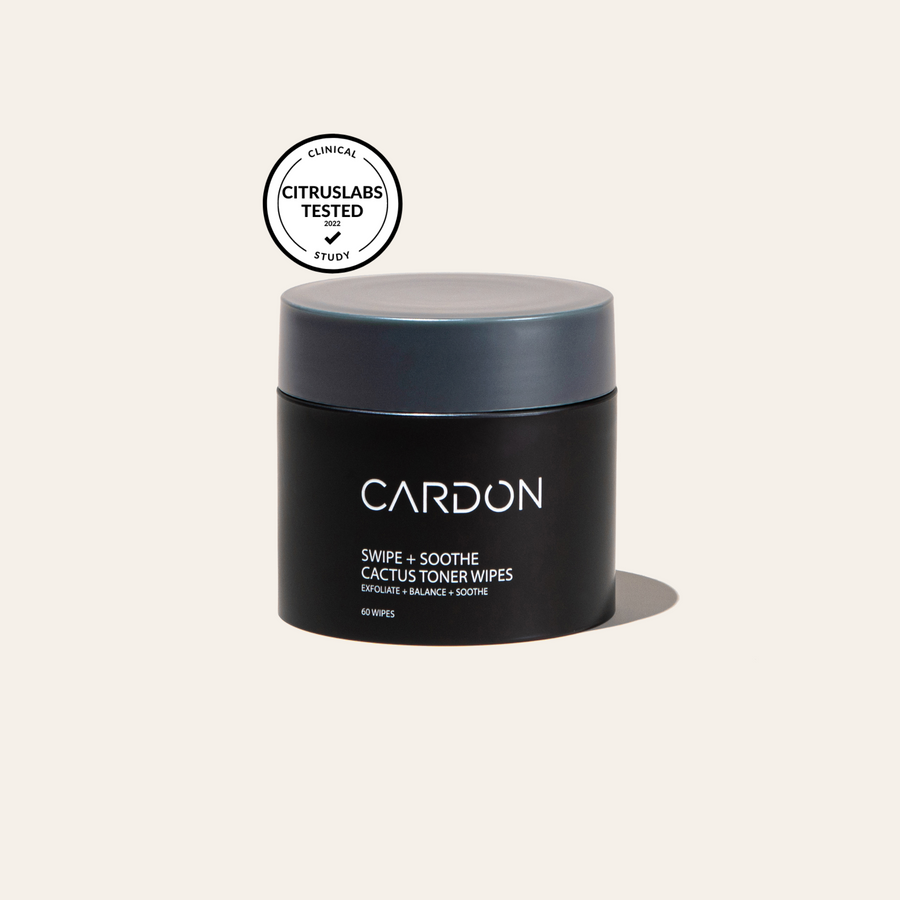

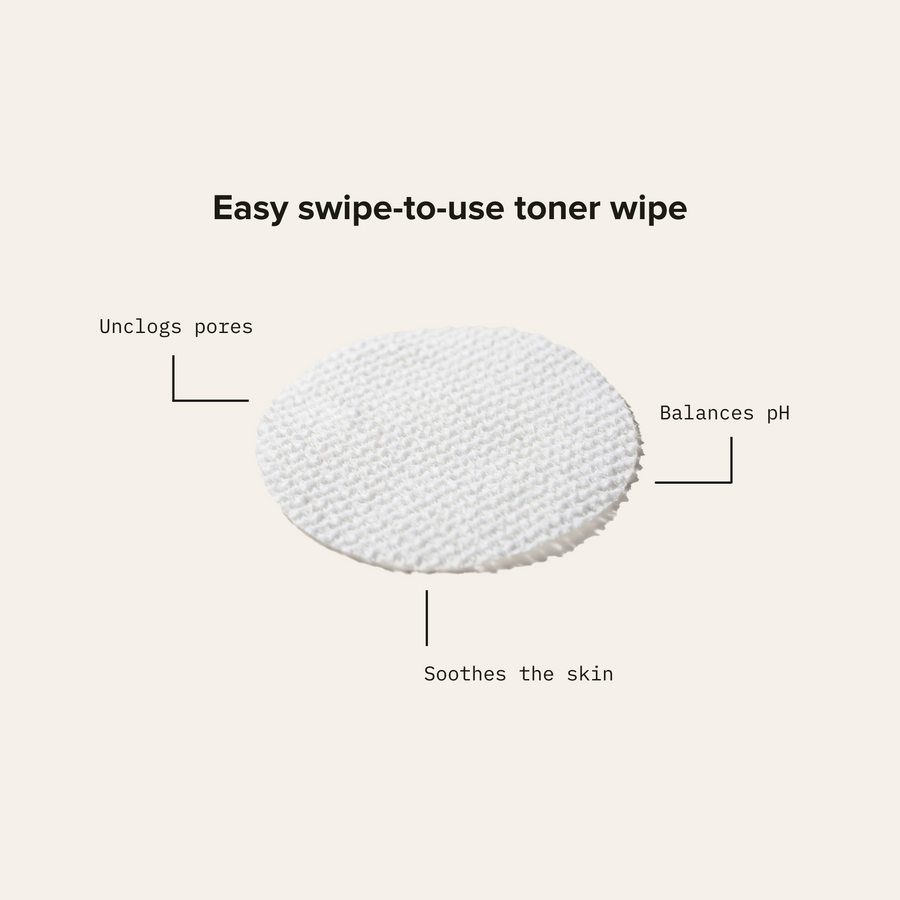






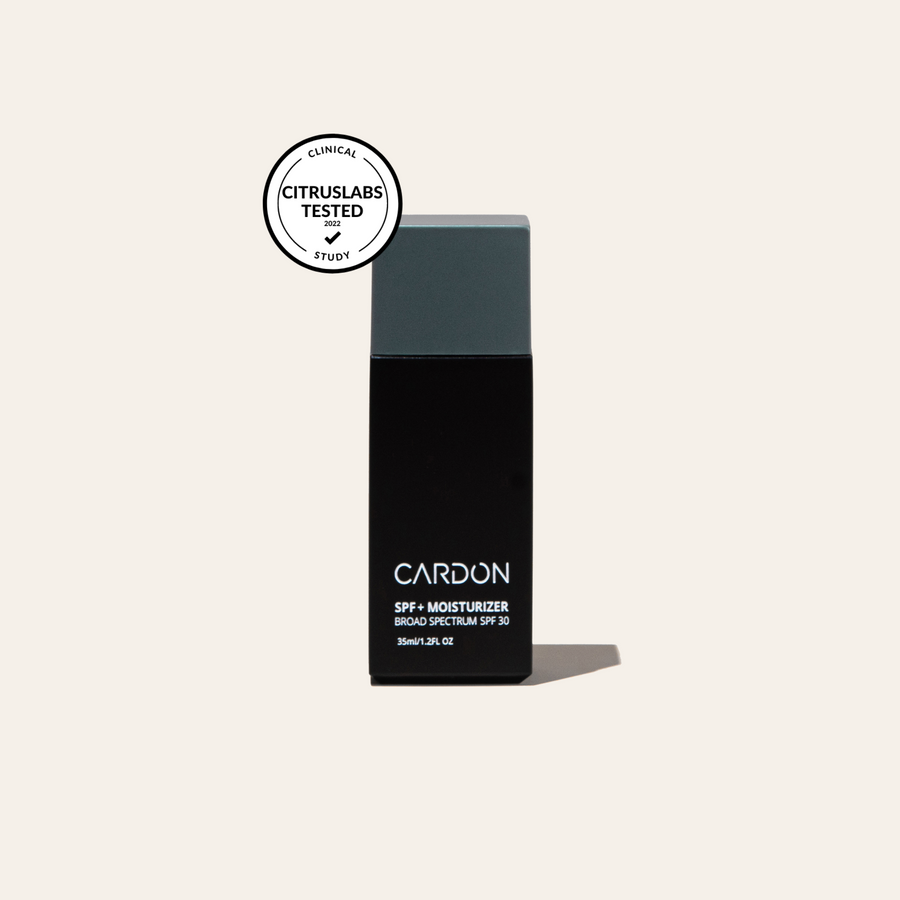








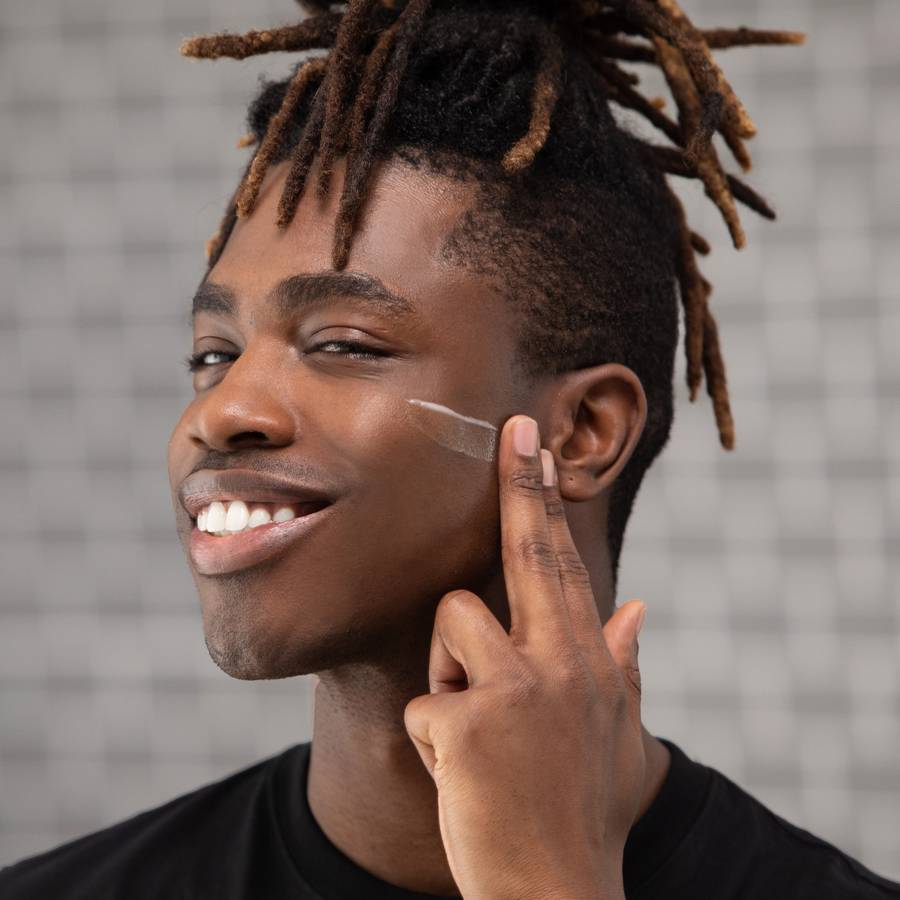
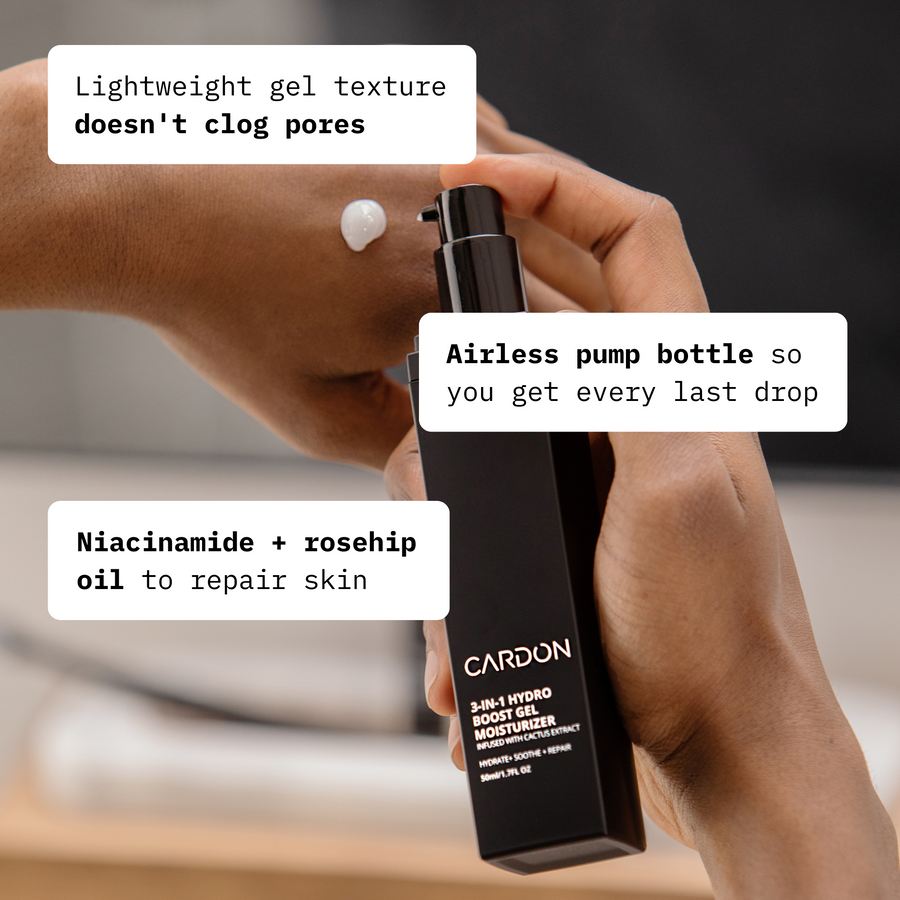
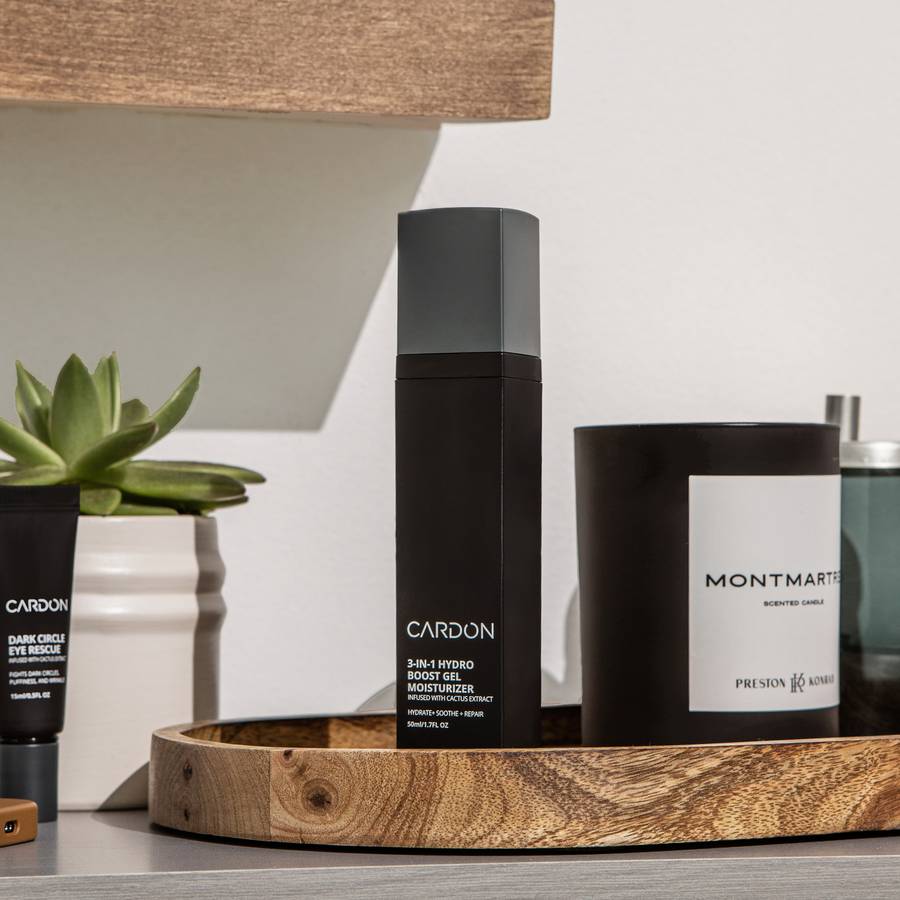
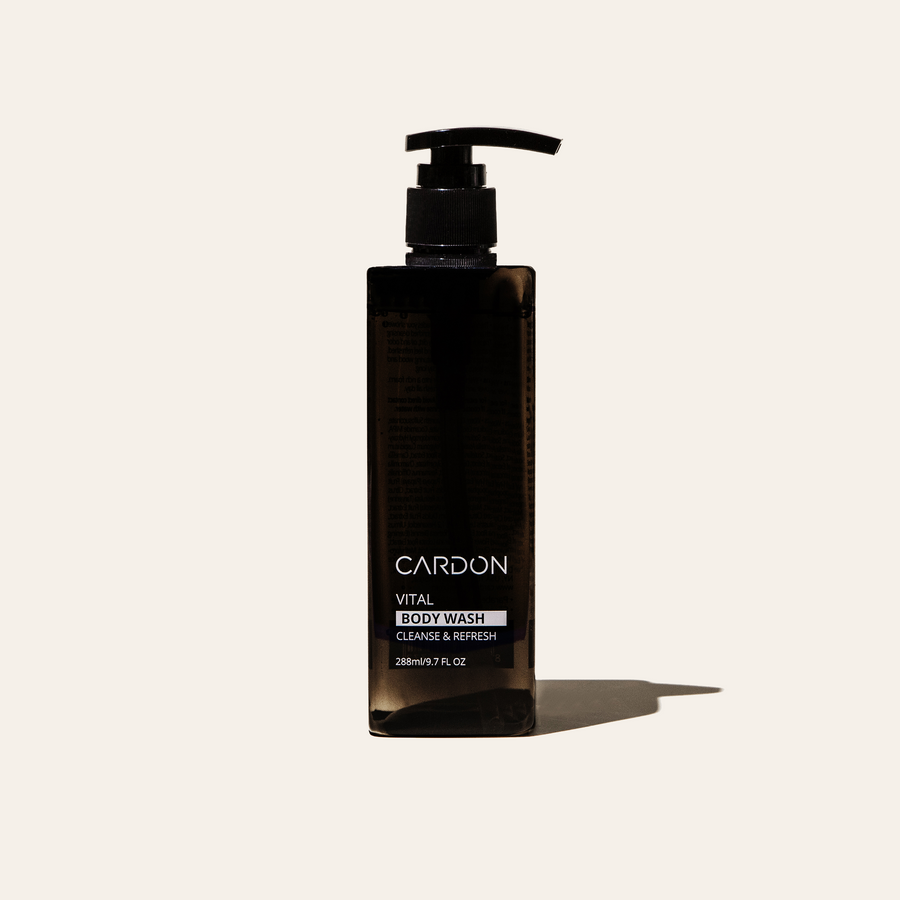
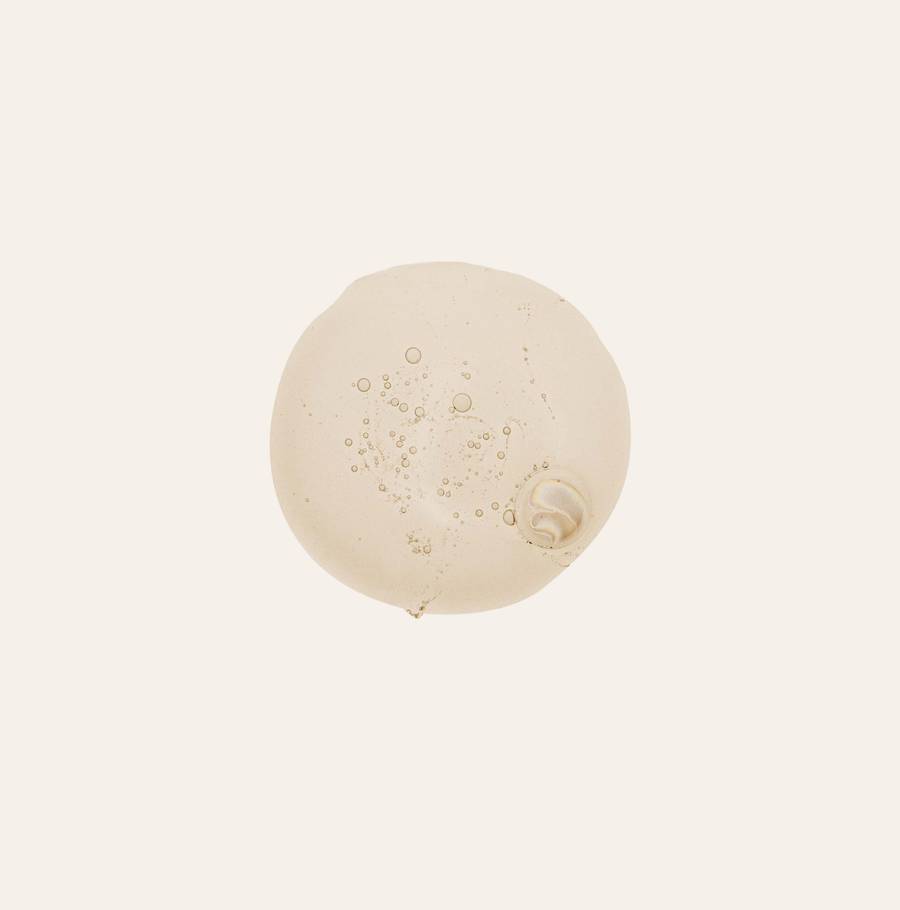












.png?v=1765476667968&options=w_900)



